‘No time to waste’ in reducing fuels that threaten species’ survival
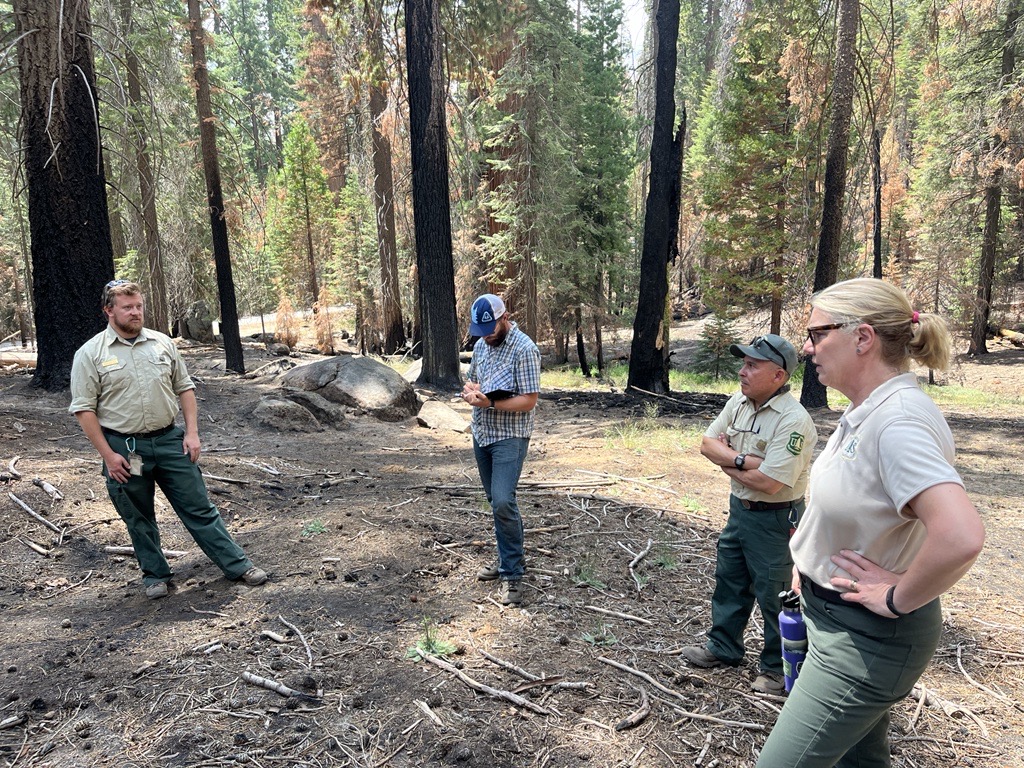
Save the Redwoods League this month resumed emergency restoration work for 2023 on a beloved giant sequoia grove to reduce fuels and the risk of severe climate-driven wildfires. In partnership with the USDA Forest Service, the League is restoring the 568-acre Long Meadow Grove, home to the famed Trail of 100 Giants, the most popular trail within the Forest Service-managed Giant Sequoia National Monument.
Giant sequoias are the largest trees in the world, and severe wildfires have killed approximately 20% of the mature trees since 2015.
The two federal agencies that own and manage the majority of giant sequoia lands ‒ USDA Forest Service and National Park Service ‒ implemented emergency actions starting in 2022 to accelerate efforts to restore the giant sequoia range and help protect it from high-severity wildfires. The agencies and the League, among other organizations, are collaborating on this work as members of the Giant Sequoia Lands Coalition, which was formed in 2021 to coordinate and catalyze the work to restore fire resilience to the giant sequoia forests across the agencies and nonprofits responsible for their stewardship.
“The 2020 Castle Fire was a dramatic wake-up call highlighting the vulnerability of this unique system, in that an unprecedented number of giant sequoias were killed. These fire effects are extreme and, if not prevented in future wildfires, represent a significant threat to giant sequoia survival across their already limited range,” said Teresa Benson, Sequoia National Forest supervisor.
Initial restoration work began last November on Long Meadow Grove, which burned in the 2021 Windy Fire. The League and Forest Service treated 82 acres in just two and a half weeks until early snow prevented further work.
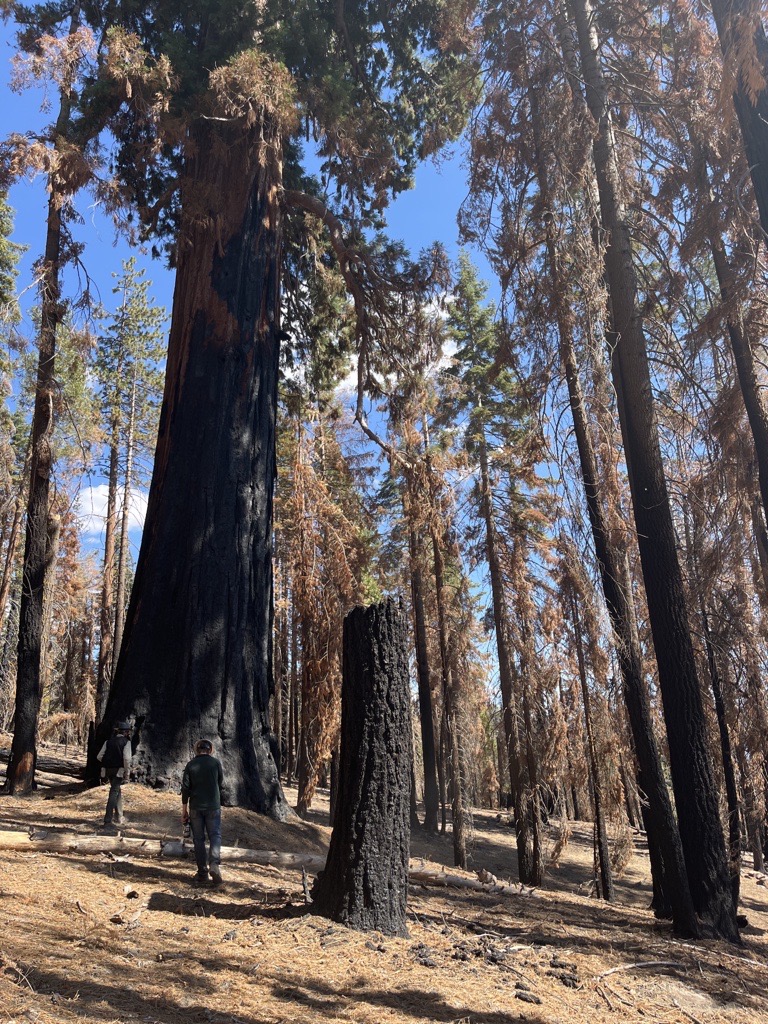
Reducing fuels after fires
Although Long Meadow Grove burned in 2021, it still faces the risk of severe wildfire, said Tim Borden, the League’s Sierra stewardship and restoration manager. “About a third of the grove burned at high severity. We saw a lot of loss of giant sequoias,” Borden said. “About a third of the grove burned at moderate severity, and about a third of it burned at either low severity or didn’t burn at all. There’s a lot of that material that is now dead and drier than it used to be. The grove is critical for us to restore to save the remaining giant sequoias and facilitate recovery of the areas that burned severely.”
After restoration of Long Meadow Grove, the League and the Forest Service will restore the nearby 533-acre Packsaddle Grove, one of the southernmost giant sequoia groves within the monument, making it particularly vulnerable in a warmer and drier climate. The League estimates restoration of the two groves will be complete by 2025.
The goal of the restoration work is to protect remaining ancient giant sequoia trees, reduce the potential for future high-severity wildfires, restore a natural fire regime through the reintroduction of prescribed burning, and promote forest health and resiliency in the face of climate change. The work will be conducted in accordance with the Forest Service Giant Sequoia National Monument Management Plan.
“Following the intense wildfires that have killed nearly 20% of the mighty giant sequoias in the last several years, there is a tremendous urgency to treat the remaining forests while we still can,” said Sam Hodder, president and CEO of Save the Redwoods League. “We are putting the League’s scientific and restoration expertise into action to accelerate the pace and scale of restoration. There is no time to waste.”

Scientific studies guide restoration work
Giant sequoias continue to be challenged by lack of recent beneficial fire, too much high-severity fire, and changing conditions associated with anthropogenic climate change. Scientific studies provide critical insights, underpinning the restoration work happening across the giant sequoia range. Studies thus far have illuminated the magnitude of losses in the giant sequoia range.
A team of agency scientists and partners including Ancient Forest Society, University of Nevada-Reno, UC Berkeley, University of Colorado, USGS, and many others continue to collect and analyze data related to changing conditions and threats to giant sequoias, such as fuel loads in sequoia groves, drivers of post-fire sequoia regeneration patterns, and potential regeneration failure in this new high-severity fire regime. The team also is studying how stand treatments impact wildfire resilience in groves.




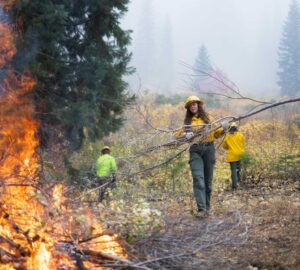
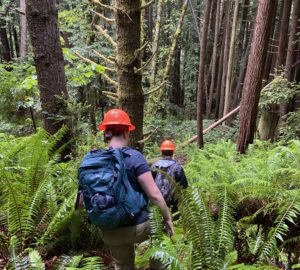
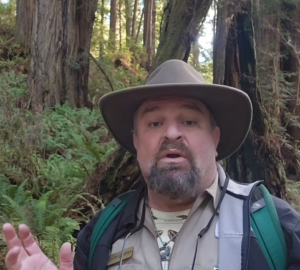


One Response to “Emergency restoration resumes in a famed giant sequoia grove”
Jim Ranger
Can i contract with the feds to remove fire danger and clean up forest fire debree